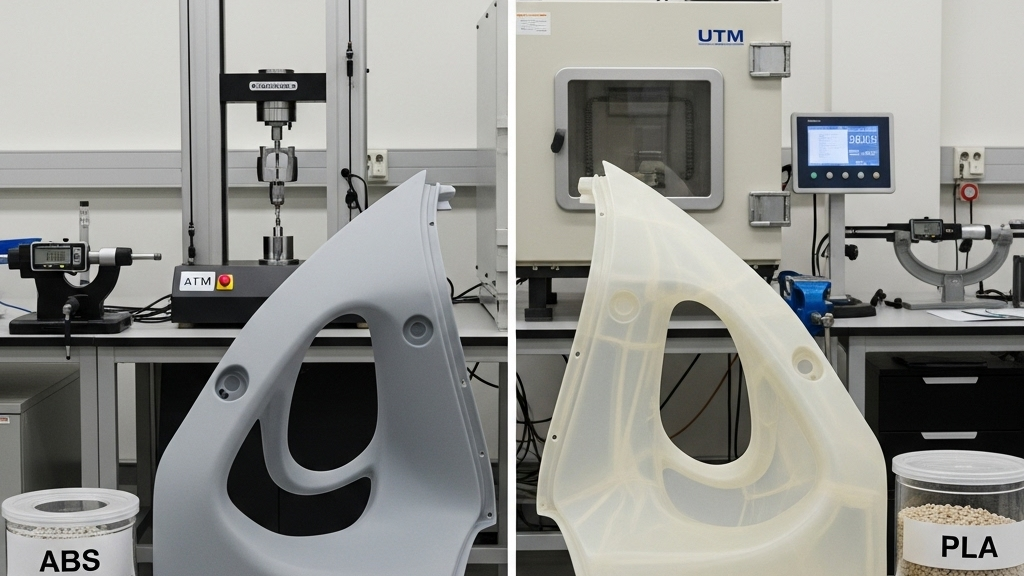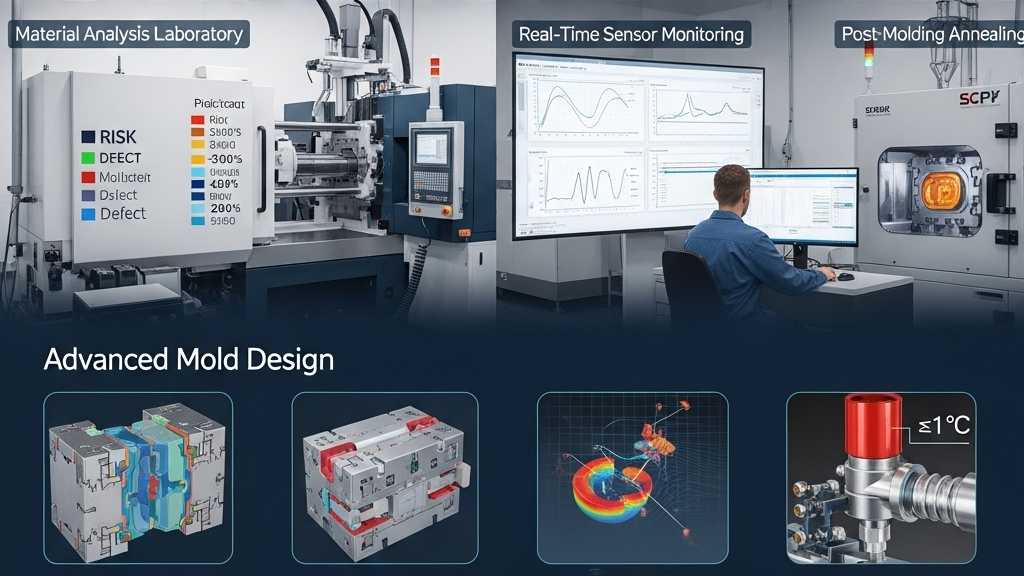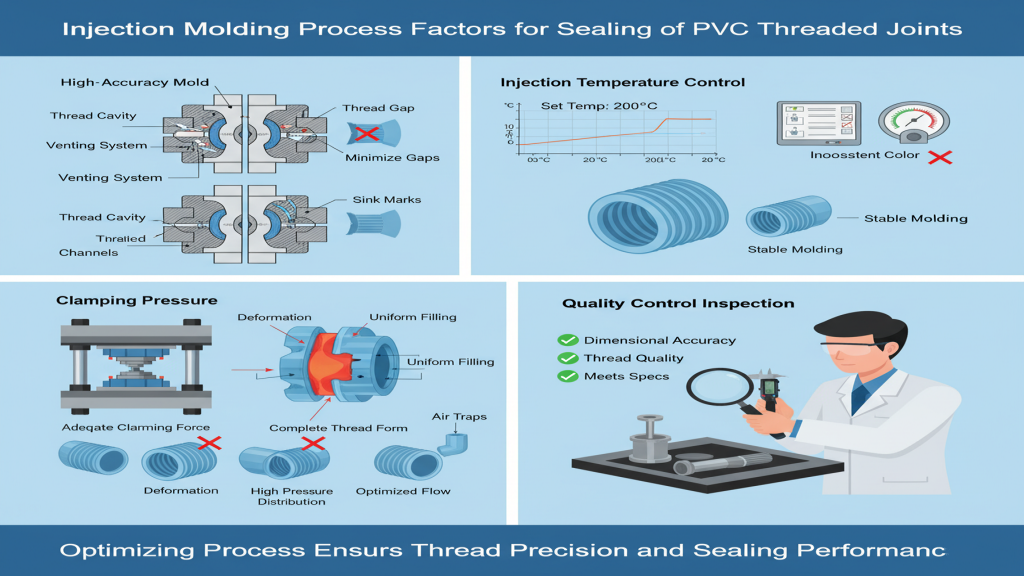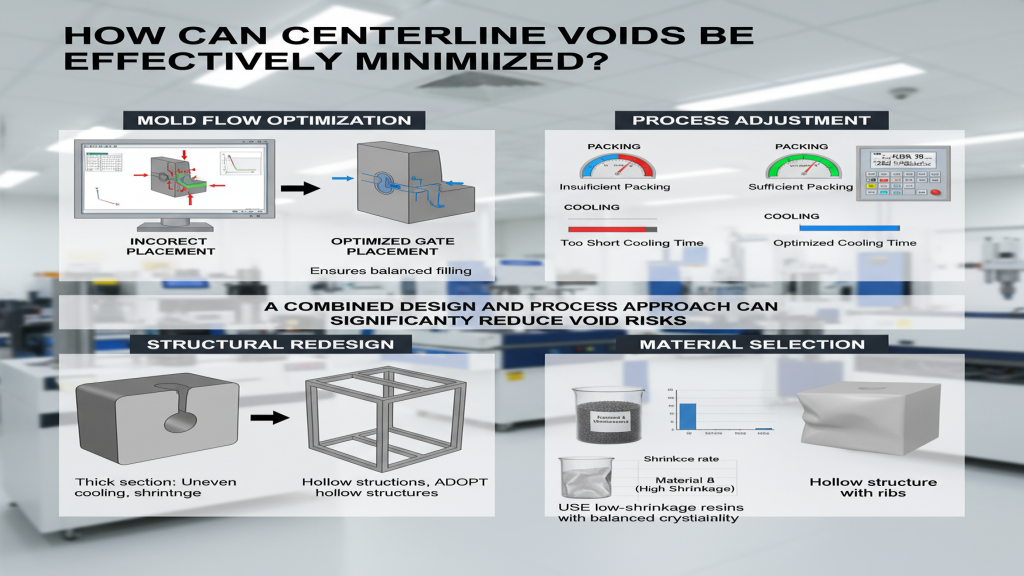
ABS plastics are widely used in exterior components of automobiles and appliances due to their excellent mechanical and processing properties. In practice, ABS parts are often painted to enhance appearance and weather resistance, and paint adhesion directly impacts product durability. The surface polarity of the substrate is a key factor in determining coating performance.
A surface lacking sufficient polarity leads to poor bonding with paints, causing peeling or bubbling. Modifying the material or applying surface treatments to increase polarity significantly improves coating consistency and product qualification rates. Understanding the relationship between polarity and adhesion helps enterprises choose better processing strategies.
How does ABS polarity determine coating adhesion?

ABS polarity is determined by the amount of polar functional groups in its molecular structure; stronger polarity leads to tighter bonding with paint film-forming substances. When polarity is insufficient, the coating can easily peel under aging or humidity.
- Polarity structure adjustment: SABIC ABS Properties Functional group modification improves surface polarity.
- Flame treatment: Plasmatreat Surface Activation Enhances coating affinity of ABS surfaces.
- Initiator synergy: Improves chemical bonding between paint and plastic.
- Polarity–coating match: Polarity mismatch results in poor adhesion.
What coating defects arise from low polarity?

Polarity differences are a key cause of poor paint adhesion, resulting in peeling, fish eyes, or pinholes. These defects not only reduce aesthetics but also increase rework or recall risks.
- Adhesion variation: ABS Coating Issues Uneven adhesion across part surfaces.
- Pinholes: Surface tension imbalance traps air bubbles.
- Fish-eye effects: Instability in polarity causes coating to shrink and separate.
- Edge peeling: Uneven interface tension initiates delamination at edges.
How to enhance ABS polarity through surface treatment?

To overcome naturally low polarity in ABS, various surface activation methods—plasma, corona, flame—are commonly used. Proper treatment not only increases polarity but also improves surface cleanliness and roughness for better bonding.
- Low-temp plasma: Openair-Plasma Ideal for heat-sensitive ABS parts.
- Corona discharge: Boosts surface energy and polarity.
- Preheat-assisted activation: Improves molecular activity.
- Post-treatment window: Timed application maintains activated state.
Comparison of adhesion improvement by treatment type
| Treatment Method | Temp | Complexity | Efficiency | Polarity Boost | Adaptability | Cost | Typical Use |
|---|---|---|---|---|---|---|---|
| Corona Discharge | Low | Simple | High | Medium | Wide | Low | Appliance housings |
| Flame Treatment | Medium | Moderate | Medium | Medium-high | Moderate | Medium | Automotive trims |
| Plasma Treatment | Low | High | High | High | Strong | High | Precision parts |
| Chemical Primer | Room Temp | High | Low | High | Limited | Medium | Custom parts |
Multi-dimensional value of adhesion enhancement
Stable coating adhesion reduces rework rates and enhances product quality. In the high-end injection molding market, adhesion quality is a benchmark of processing capability. Strong surface adhesion earns both customer trust and brand reputation.
1.Improved batch consistency: Prevents adhesion variation across production.
2.Lower processing costs: Reduces coating defects and rework.
3.Premium appearance: Smooth and uniform surfaces.
4.Stronger branding: More durable products enhance satisfaction.
Conclusion
The polarity of ABS plays a critical role in coating adhesion, linking material science to product performance. Through effective treatments and material choices, enterprises can ensure stable adhesion, premium finish, and efficient production. Improving polarity from the source is a breakthrough path for surface coating processes.
For expert assistance in implementing for your production needs, visit our resource center or contact us. Let’s help you scale up your manufacturing with precision and efficiency!







